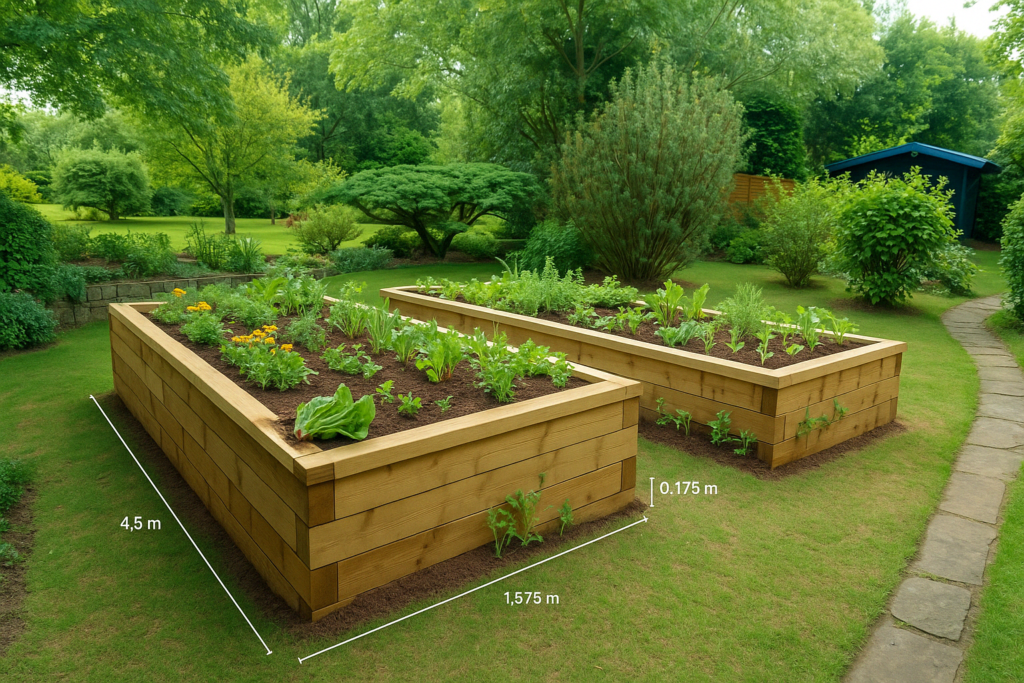Introduction
Palm trees are among the most iconic and beautiful natural elements. Their elegant shape, long trunks, and flowing fronds make them a favorite subject for art, illustration, and even landscape design planning. Whether you’re an artist, a garden enthusiast, or someone dreaming of a tropical backyard, this step-by-step guide will show you how to draw palm trees easily, even if you’re a beginner.
Materials You’ll Need to Draw Palm Trees
Before we start, prepare these basic tools:
- Pencil (HB or 2B)
- Eraser
- Paper or sketchbook
- Optional: fine liner, colored pencils, or markers
✏️ Tip: You can also use a digital drawing tablet or iPad.

Step-by-Step Tutorial: How to Draw Palm Trees Easily
Step 1: Draw the Trunk
Start with a slightly curved vertical line. This will be the main trunk.
- Add a second line parallel to the first, slightly narrowing toward the top.
- Connect both lines at the top and bottom.
- Add soft horizontal lines across the trunk to create the texture of bark rings.
Step 2: Sketch the Crown (Leaf Base)
At the top of the trunk, draw a small circle or oval. This is the center point where all palm leaves will emerge.
Step 3: Add the Palm Fronds
Draw 5 to 7 long, curved lines coming out from the crown—these are the leaf guides.
- From each guide, draw thin, slightly jagged lines coming out to form fronds.
- Think of a feather or fan shape.
- Alternate short and long leaflets for a more natural look.
Step 4: Add Details to the Leaves
- Add small inner lines on each leaflet to give it structure.
- Vary the length and direction slightly—real palms aren’t perfect!
Step 5: Optional Ground and Background – Drawing palm trees
- Add sand, rocks, or coconuts at the base
- Draw a curved horizon for a beach or garden background
- You can even sketch a sun or waves behind it
🎨 Bonus: Add shading or use colored pencils (green for leaves, brown for trunk, blue for sky, yellow for sand).

Palm Tree Drawing Variations and Styles to Try
You can try drawing other types of palms for variety:
Coconut Palm
- Tall, narrow trunk
- Leaning to the side
- Coconuts hanging under the fronds
Date Palm
- Thick, textured trunk
- Denser crown
- Small dates drawn as clusters
Pygmy Palm (in a pot)
- Shorter trunk
- Planted in a round container
- Ideal for garden or balcony sketching
Why Learning to Draw Palm Trees Helps Garden Designers
Sketching palm trees helps you:
- Visualize your tropical landscape projects
- Add hand-drawn touches to garden plans or concept boards
- Create content for social media, blogs, or Pinterest
- Relax and connect with nature creatively
✏️ Pro Tip: Combine drawings of palm trees with other elements like hammocks, pergolas, or exotic flowers to build complete scenes.

Conclusion
Learning how to draw palm trees is a fun, relaxing, and rewarding skill—perfect for anyone who loves nature and beautiful outdoor spaces. Whether you’re planning your dream garden, illustrating tropical scenes, or just doodling on a Sunday afternoon, palm trees are a great place to start.
- 👉 Palm Trees for Backyard Design: Best Types and Care Tips
- 👉 Tropical Garden Inspiration: Layout Ideas & Plant Selection
For visual references and palm tree drawing styles, visit the Drawing Tutorials Hub.

